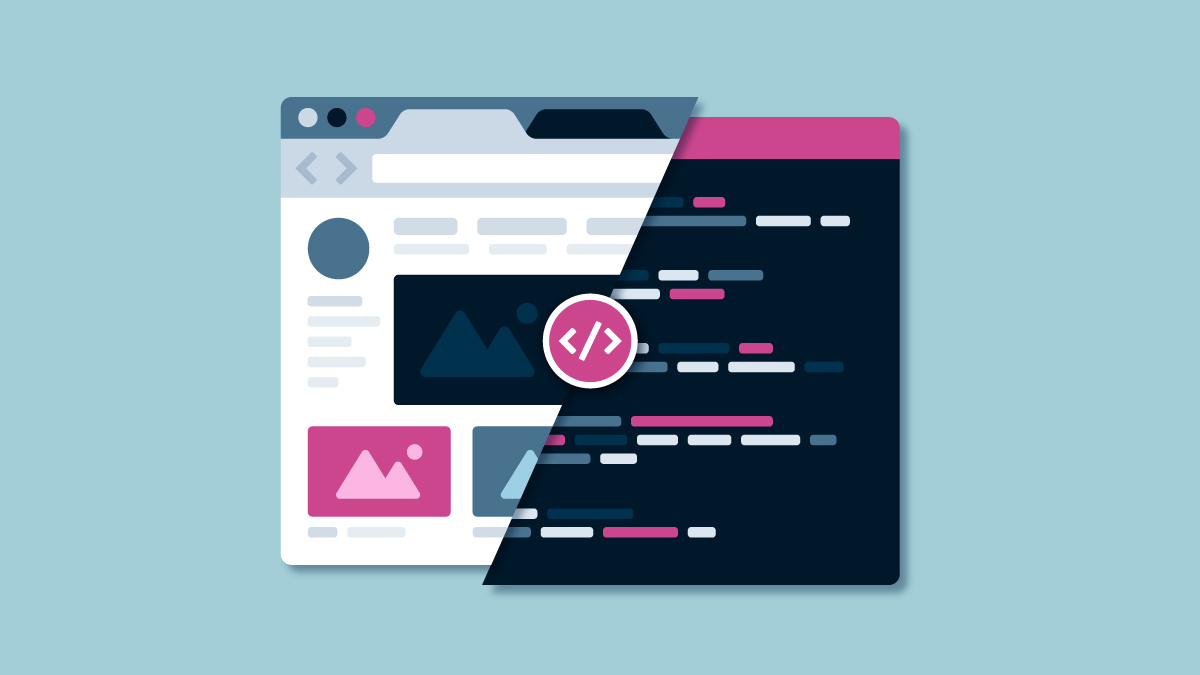The day of one device web development is long gone and the challenge for multi-platform multi-device development has quickly begun. To help combat the constantly evolving industry, a new technology has been growing known as Responsive Web Design (RWD) that has revolutionized how we approach the development process. Previous to RWD, we approached the problem of developing for multiple devices by creating multiple sets of code specific to each device such as mobile phones, tablets, and desktops. If we were to continue to use that same approach, it would be a maintenance nightmare because of the rapid expansion of new technologies. So how does RWD help?
To keep up with the new plethora of devices, technologies such as HTML, CSS, and JavaScript have had to advance to help keep up and create new methodologies. By doing so, media queries were introduced which paved the way for RWD. Media Queries allow us to apply changes in CSS based on the viewport of the device. This in turn allows the developers to provide the user a unique experience based on the device they’re viewing all with the same set of code. So the web application responds to the device that views it, which is where the term Responsive Web Design was coined from.
As shown in a chart by ComScore, mobile and desktop traffic is predicted to eclipse by 2014. This means more mobile traffic to your website, which means you need to be ready to give the right experience to those users if you want your online growth to continue.
As more unique devices come out with different screen sizes, shapes, and locations, RWD becomes more and more useful to help tailor an experience to that environment. RWD has transformed what once was a “one to one” relationship with sets of code to a “one to many” relationship which is why RWD has become the main way to develop for the future.
